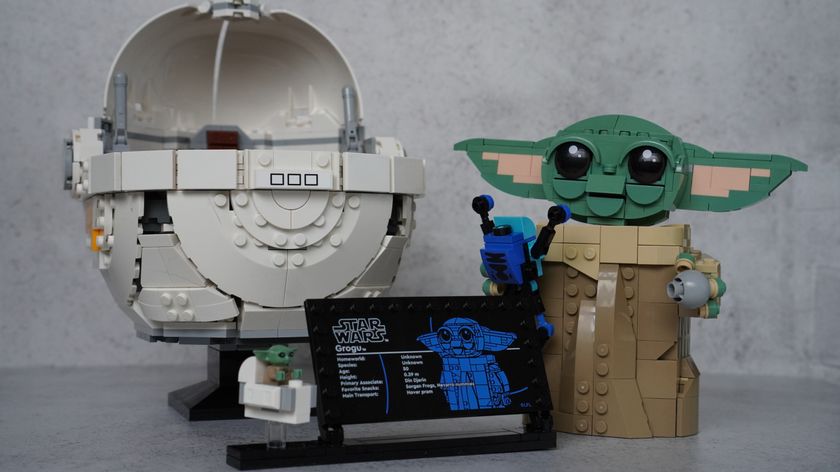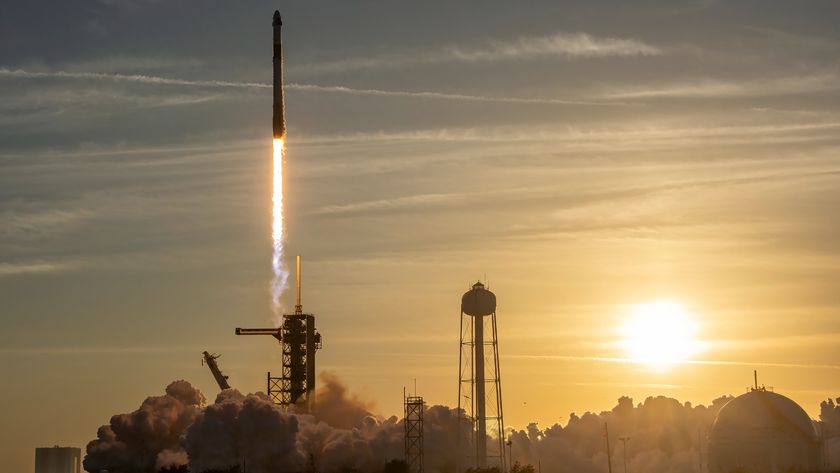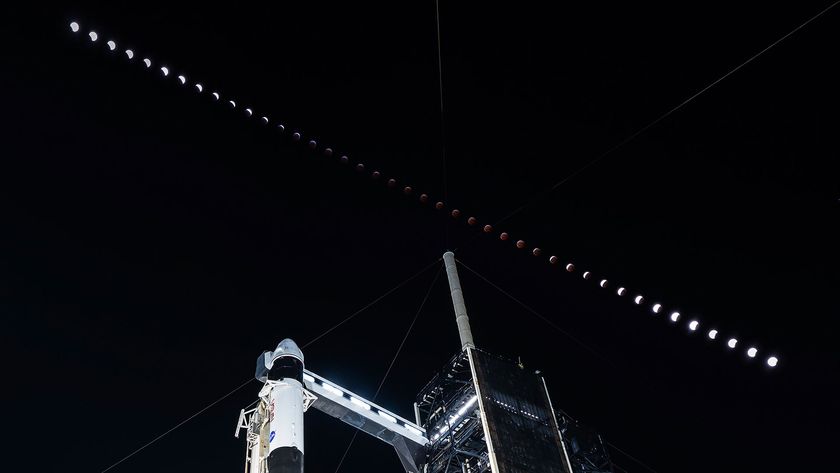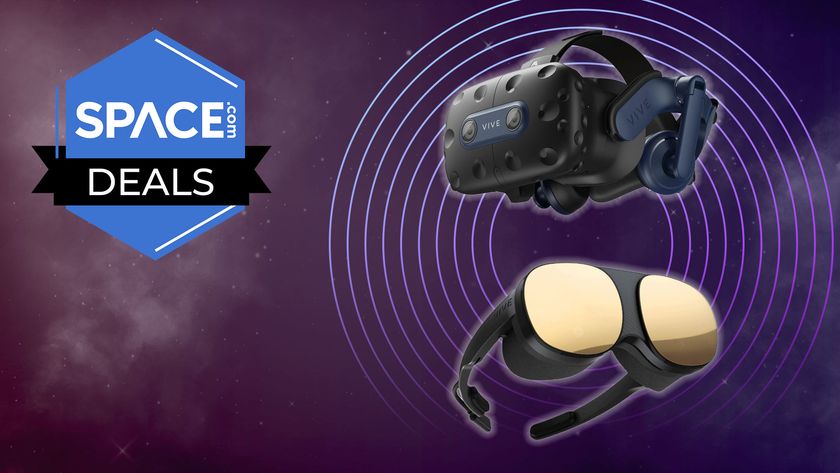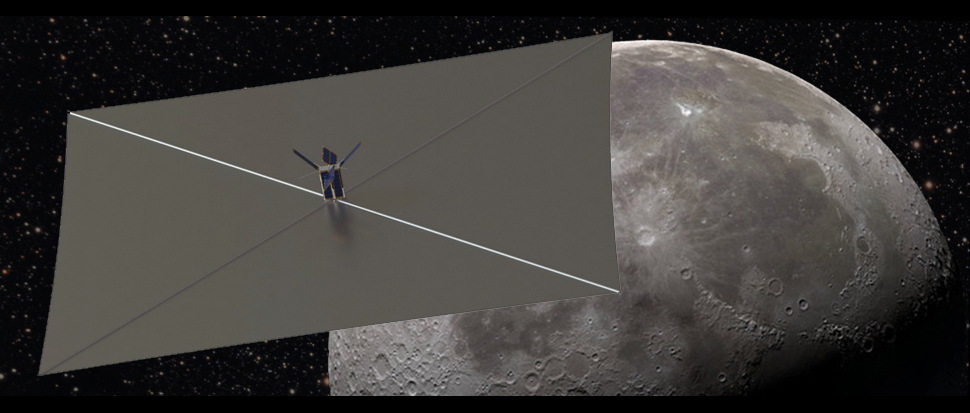
Tiny space probes are set to make a giant leap away from Earth's neighborhood.
Small and economical "cubesats" already eye our planet from orbit. But such bantam craft are about to start pushing out into deep space, helping researchers study and explore the moon, asteroids and other distant bodies.
Cubesats are an exciting new tool that "will enable some new kinds of measurements to be made and, in some cases, whole new missions to be done," said Robert Staehle, of NASA's Jet Propulsion Laboratory (JPL) in Pasadena, California, who led a 2013 study investigating the feasibility and potential of interplanetary cubesats. [Cubesats: Tiny, Versatile Spacecraft Explained (Infographic)]
Small, cheap and efficient
The basic building block of cubesats is a cube measuring 4 inches (10 centimeters) on each side. Satellites that consist of just a single such block are known as 1U (short for "one unit") cubesats; those that combine two or three of them are 2U and 3U, respectively.
These spacecraft are all tiny; even a 3U cubesat is no bigger than a loaf of bread. But, thanks to the electronics advances that are propelling the computer and cellphone industries, cubesats can be quite capable machines, with an extremely low pricetag compared to traditional spacecraft.
NASA's Ames Research Center, for example, leads a project called PhoneSat that uses off-the-shelf smartphones as the control systems for 1U cubesats.
The first three PhoneSats — named Alexander, Graham and Bell after the telephone pioneer — launched to low-Earth orbit in April 2013. Each satellite cost about $3,500 to build, NASA officials have said. Another PhoneSat, known as version 2.4, blasted off in November 2013, and PhoneSat 2.5 launched in April 2014.
Get the Space.com Newsletter
Breaking space news, the latest updates on rocket launches, skywatching events and more!
Whereas PhoneSat is a demonstration program that aims to show that functional spacecraft can be based on consumer-grade electronics, a number of other cubesats are already studying Earth and beaming down data for commercial use.
Among them are the "Doves," 3U cubesats built by San Francisco-based startup Planet Labs (which includes several key PhoneSat players among its founders). Doves capture imagery with a resolution of 10 to 16.5 feet (3 to 5 meters) from Earth orbit, Planet Labs representatives say.
The company launched its first two Doves in April 2013 and has since lofted 71 more, with the stated aim of making information about our planet much more accessible to a variety of customers. (An additional 26 Doves were lost in October 2014 when Orbital Sciences' Antares rocket exploded just seconds after liftoff.) [Gallery: The Solar System's Deep-Space Probes]
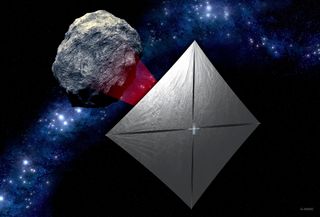
Exploring deep space
So cubesats are already a presence in Earth orbit, and their numbers and influence there are sure to grow. But researchers are also working to send the tiny spacecraft much farther afield in the near future.
One project that will help pave the way is the Interplanetary NanoSpacecraft Pathfinder In Relevant Environment (INSPIRE) mission, which will launch two identical 3U cubesats on an Earth-escape trajectory. Plans call for the spacecraft to get about 930,000 miles (1.5 million kilometers) from Earth during the course of the three-month mission.
The INSPIRE cubesats each carry a magnetometer and an imager, and mission team members want the spacecraft to characterize the fine structure of the solar wind. But INSPIRE is primarily a technology demonstration that aims to show that cubesats can do productive work far from home.
"The objectives of INSPIRE are very simple: survive, communicate and navigate," said mission principal investigator Andrew Klesh of JPL. "If you look at the technologies you need to explore deep space, it's those three things first, before anything else."
Both INSPIRE spacecraft have been built and are currently sitting in storage, awaiting assignment to a rocket, Klesh said. (The cubesats will fly as a secondary payload.) The mission costs a total of $5.5 million, he added — extremely cheap compared to traditional deep-space efforts but more than typical university-led projects that design cubesats for use in Earth orbit.
"We are checking out a new regime, and we had a lot of new technology that we had to develop to be able to get this far," Klesh said.
Asteroids, Mars and the moon
The INSPIRE duo will likely be the first cubesats to go beyond Earth orbit, but several other bantam craft should be close on their heels.
For example, two 6U cubesats may launch with NASA's Mars InSight lander mission in March 2016 to help relay communications back to Earth during the probe's entry, descent and landing phase, which will take place in September of that year.
And at least three 6U cubesats are scheduled to launch on the first flight of NASA's Space Launch System (SLS) megarocket, which will send the agency's Orion capsule on an unmanned trip around the moon in 2018. (There is room for 11 6U cubesats on the flight, but only three have been manifested thus far.)
Those three spacecraft — Lunar Flashlight, Near-Earth Asteroid (NEA) Scout and BioSentinel — will all explore deep space.
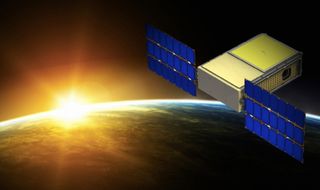
BioSentinel will circle the sun and measure the effects of radiation on the DNA of onboard yeast cells. NEA Scout, meanwhile, will use an 860-square-foot (80 square m) solar sail to cruise out to and study a near-Earth asteroid. The $20 million, 2.5-year-long mission intends to demonstrate a low-cost method of space-rock reconnaissance, team members have said.
Lunar Flashlight will use an identical solar sail to make its way to lunar orbit. (Indeed, solar sailing is viewed as a promising way for cubesats, which don't have much room for propellant, to travel long distances. NASA's NanoSail-D cubesat deployed one in Earth orbit in Januarly 2011.) Then it will employ that sail as a mirror, shining reflected sunlight down into permanently shadowed craters to hunt for water that future lunar explorers could access.
"If you want to send humans to the moon, and you want to live off the land, you're going to need to figure out how to get water that's there already," Lunar Flashlight principal investigator Barbara Cohen, of NASA's Marshall Space Flight Center in Huntsville, Alabama, said last month during a presentation to the space agency's Future In-Space Operations (FISO) working group.
What can interplanetary cubesats do?
No matter how quickly the miniaturization of electronics proceeds, cubesats will never be able to pack as much capability onboard as big probes such as NASA's Cassini orbiter or the agency's New Horizons spacecraft, which will fly by Pluto this July. So Staehle, Klesh and Cohen don't see cubesats supplanting traditional interplanetary spacecraft.
"I think the contribution will be, principally and initially, an augmentation of the capability that we have today," Staehle told Space.com. "It isn't like automobiles displacing horse-drawn carriages. It's more like improvements in automobiles."
He envisions cubesats being carried to faraway places by large parent spacecraft, then deployed to conduct a variety of risky mini-missions — plummeting into a planet or moon on purpose as an impactor, for example, or flying through the geysers of water ice that erupt from the south pole of the Saturn moon Enceladus.
Klesh likewise thinks cubesats will do some dangerous work in far-off places.
He sees them going "anywhere where you'd want to take a chance. So, really performing in the spirit of exploration — you don't quite know the environment yet, but you want to see what's there anyway."
A fleet of cubesats could also take measurements simultaneously at multiple locations, Staehle said.
"For space physics, that allows you to sort out time from spatial variability in magnetic fields, plasma and all the different measurements that go along with that, which is simply impossible to do from a single platform," he said.
Just what cubesats will be able to do in deep space remains to be seen, of course. That's a big reason that INSPIRE, NEA Scout, BioSentinel, Lunar Flashlight and others are getting of the ground.
Interplanetary cubesat missions are "worth trying, I think," Cohen said during the FISO presentation."If they work out, they could really give us a new capability, a low-cost capability. If they don't, we'll learn more about how we can use them."
Follow Mike Wall on Twitter @michaeldwall and Google+. Follow us @Spacedotcom, Facebook or Google+. Originally published on Space.com.
Join our Space Forums to keep talking space on the latest missions, night sky and more! And if you have a news tip, correction or comment, let us know at: community@space.com.

Michael Wall is a Senior Space Writer with Space.com and joined the team in 2010. He primarily covers exoplanets, spaceflight and military space, but has been known to dabble in the space art beat. His book about the search for alien life, "Out There," was published on Nov. 13, 2018. Before becoming a science writer, Michael worked as a herpetologist and wildlife biologist. He has a Ph.D. in evolutionary biology from the University of Sydney, Australia, a bachelor's degree from the University of Arizona, and a graduate certificate in science writing from the University of California, Santa Cruz. To find out what his latest project is, you can follow Michael on Twitter.
